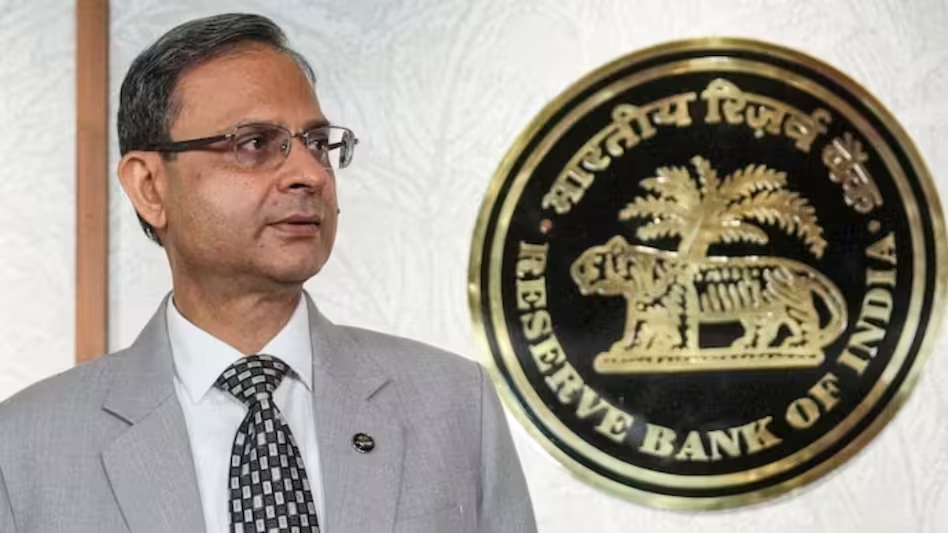The Reserve Bank of India (RBI), in its latest monetary policy review on October 1, 2025, decided to keep the repo rate unchanged at 5.5% for the second consecutive time. The move, while expected, carries significant implications for homebuyers, real estate developers, and the overall housing market—particularly during the festive season when property purchases typically rise.
Why Did RBI Hold Rates?
RBI Governor Sanjay Malhotra announced that the Monetary Policy Committee (MPC) unanimously voted to maintain the repo rate at 5.5% with a neutral stance. The central bank cited global economic volatility, tariff uncertainties, and the need to assess the full impact of the earlier 100-basis-point (bps) cut since February 2025.
While inflation remains well within the comfort zone, RBI’s cautious approach suggests it is prioritizing economic stability over aggressive rate cuts.
What Does This Mean for Homebuyers?
- No change in EMIs: Existing home loan borrowers will continue paying the same EMIs.
- Stable borrowing cost: New borrowers will also find loan interest rates holding steady, aiding purchase decisions during the festive period.
- Festive demand boost: Industry experts believe stable rates will sustain buyer sentiment when festive homebuying typically peaks.
According to Anuj Puri, Chairman, ANAROCK Group, this decision ensures predictability in borrowing costs, which helps both homebuyers and developers.
Expert Views: Relief or Missed Opportunity?
Opinions are divided across the real estate sector:
- Positive outlook:
- Praveen Sharma, CEO, REA India (Housing.com): The steady rate offers continuity in the borrowing environment, which is good for homebuyers.
- Pradeep Aggarwal, Chairman, Signature Global: The festive quarter, combined with GST reforms, will keep housing demand strong.
- Jash Panchamia, Executive Director, Jaypee Infratech: Consistent rates allow developers to plan and execute projects with greater certainty.
- Cautious optimism:
- Samantak Das, Chief Economist, JLL India: While stability is welcome, a rate cut combined with GST reforms could have been a game-changer for affordable and mid-segment housing.
- Anshuman Magazine, CBRE: The RBI’s balanced approach reflects caution amid global uncertainties but could have been more supportive to affordability.
- Calls for future rate cuts:
- G. Hari Babu, President, NAREDCO: A further reduction in repo rate is essential to energize the real estate sector, especially to boost affordable housing and allied industries.
- Shishir Baijal, Knight Frank India: The RBI must consider accommodative measures in future to keep home loans affordable and build consumer confidence.
What About Developers and the Real Estate Market?
Stable interest rates mean developers can better plan large-scale, capital-intensive projects without the uncertainty of fluctuating borrowing costs. For the real estate ecosystem:
- Developers gain financial predictability.
- Homebuyers benefit from steady EMIs and purchasing confidence.
- Allied industries like cement, steel, electricals, and interiors see ripple effects of sustained demand.
Looking Ahead: Will Rates Fall Further?
While the RBI’s move provides stability, many stakeholders hope for a repo rate cut in the next MPC meeting to further strengthen housing demand, reduce EMIs, and accelerate government missions like ‘Housing for All.’
For now, the real estate sector stands on stable ground—supported by GST reforms, steady repo rates, and strong festive demand—but its growth trajectory could be sharper if the central bank chooses easing measures in the coming months.







